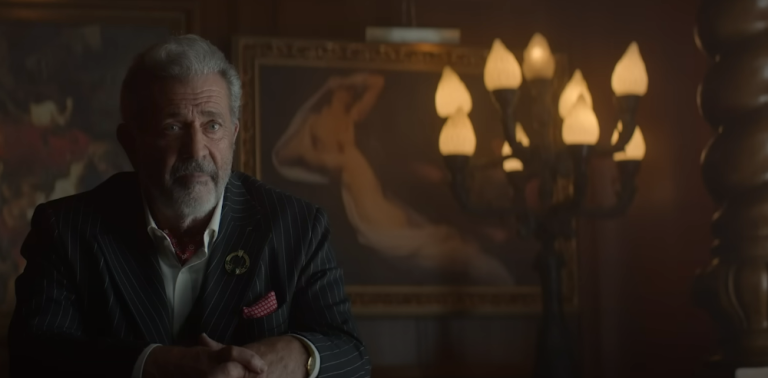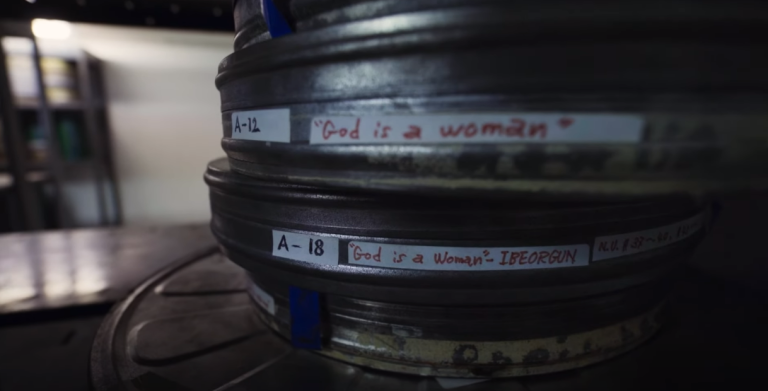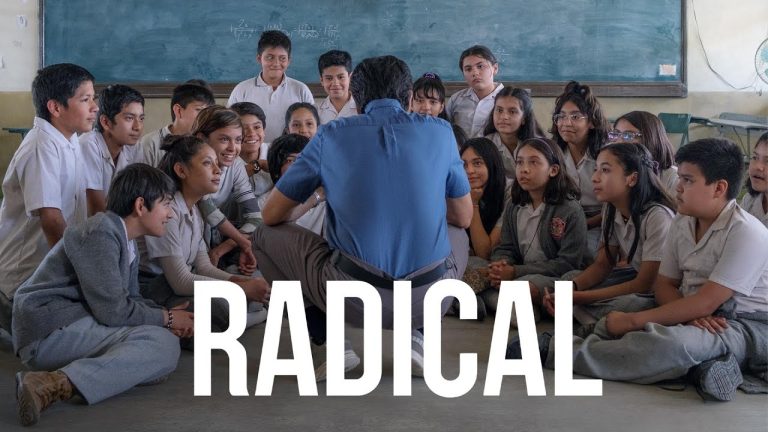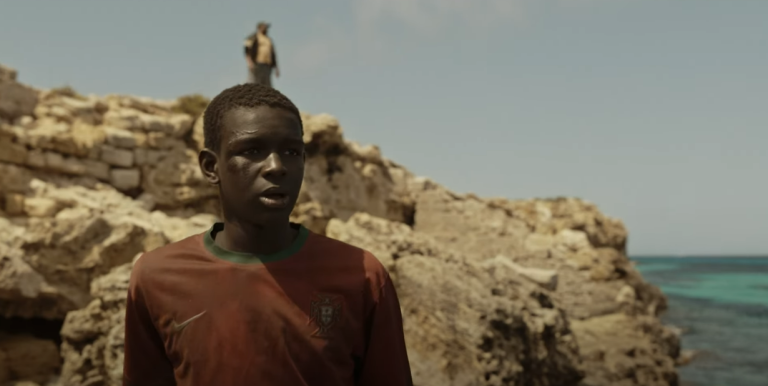
Mary Mazzio’s “Bad River” delves into the poignant narrative of the Bad River Band, a tribe of the Ojibwe people situated in northern Wisconsin along the pristine shores of Lake Superior. This documentary underscores the pivotal role of Indigenous voices in shaping our understanding of environmental stewardship and historical injustices. Narrated by Quannah ChasingHorse and Ed Norton, and bolstered by the creative contributions of Indigenous talents such as Mato Wayuhi and Taylor Hensel from the acclaimed “Reservation Dogs,” the film emerges as a powerful testament to the enduring resilience of Indigenous communities.
While “Bad River” grapples with some production elements that may prove vexing to some viewers, its core message remains undeniably vital: it urges audiences to heed the collective wisdom of Indigenous peoples, who have long borne the brunt of environmental exploitation and systemic marginalization. By weaving together threads of cultural heritage, ancestral legacies, and contemporary struggles for sovereignty, the documentary serves as a poignant reminder of the profound interconnectedness between past injustices and present-day environmental crises.
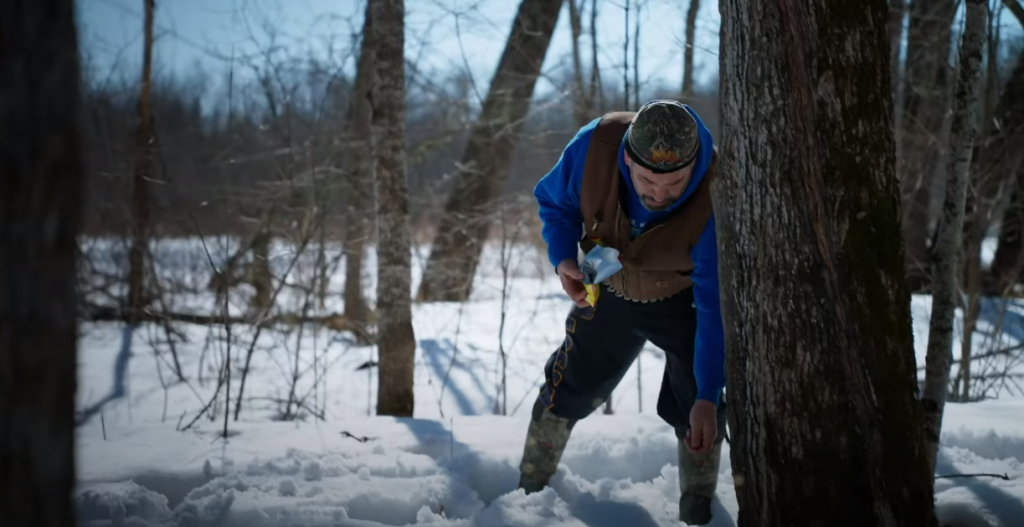
Central to the film’s narrative is the plight of the Bad River Band in confronting the Line 5 Pipeline, a contentious project owned by Enbridge that traverses their ancestral lands. Mazzio deftly navigates through the complex historical backdrop of Native American mistreatment, ranging from misrepresentations in popular culture to ongoing battles for territorial autonomy. Through compelling storytelling and immersive visuals, “Bad River” invites viewers to confront the stark realities of environmental degradation and the urgent imperative of collective action to safeguard our planet for future generations.
As “Bad River” unfolds on the silver screen, it serves as a poignant call to action, challenging audiences to not only bear witness to the injustices of the past but also to actively engage in shaping a more equitable and sustainable future. In amplifying the voices of Indigenous communities, the film underscores the pressing need for genuine dialogue, collaboration, and accountability in addressing the complex nexus of environmental, social, and cultural concerns. Ultimately, “Bad River” stands as a testament to the enduring resilience and indomitable spirit of Indigenous peoples, whose stewardship of the land offers profound lessons for us all.
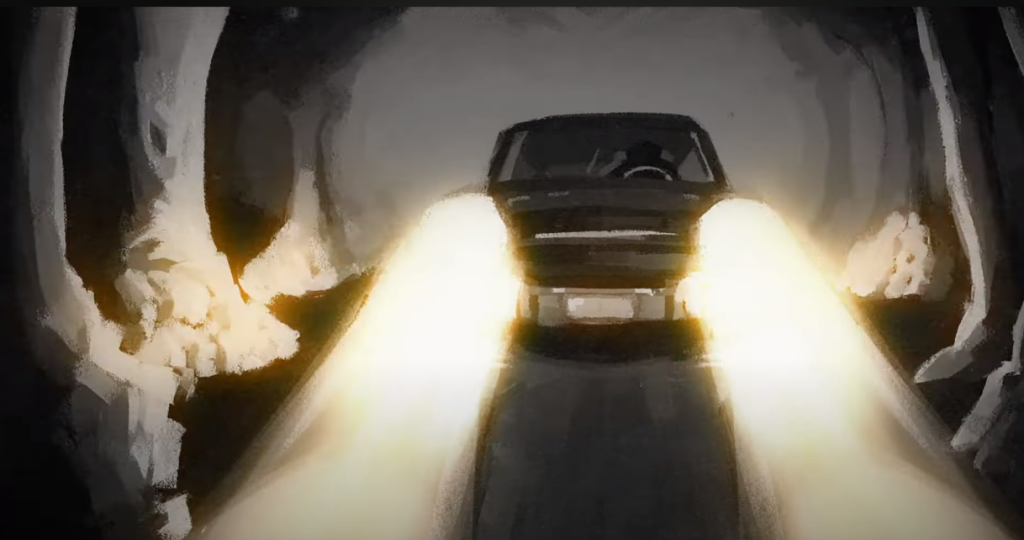
In “Bad River,” Mary Mazzio confronts the urgent battle to remove an eroding pipeline, immersing audiences in a complex tapestry of environmental activism and Indigenous rights advocacy. While Mazzio’s intent to shed light on the myriad challenges facing Indigenous communities in the 2020s is commendable, the film occasionally struggles to maintain focus, veering into numerous narratives rather than honing in on a central theme. Despite this, “Bad River” offers a poignant exploration of the enduring struggle against corporate interests and governmental neglect.
The documentary’s relentless pursuit of awareness sometimes results in an overload of interviews and an overly dramatic use of music, detracting from the potential impact of its core narrative. However, moments of cinematic brilliance, such as the poignant tracking of the river’s arc as a metaphor for life, offer glimpses of the film’s true potential. These instances of rich, focused storytelling serve as reminders of the power of specificity amidst a sea of historical context.
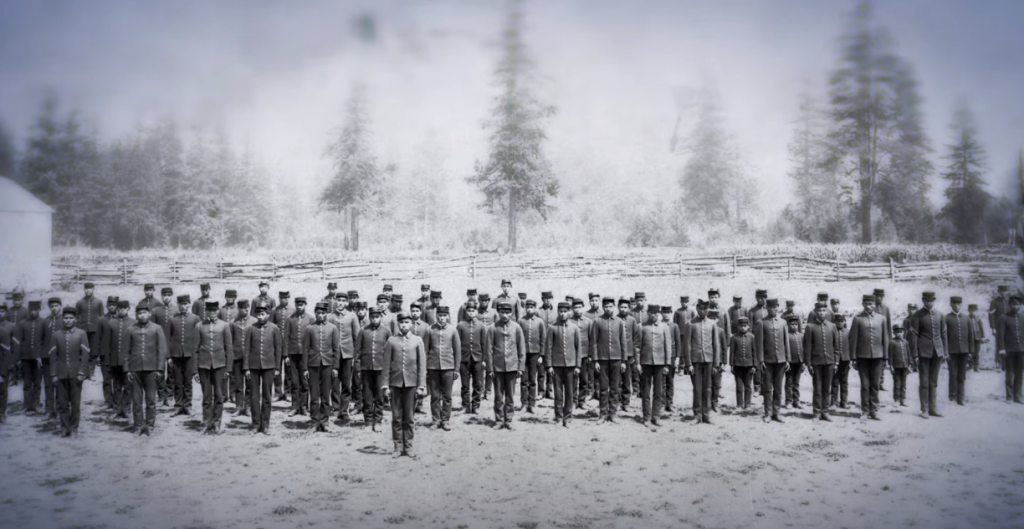
While “Bad River” could have easily expanded into a series to fully address the multitude of issues at play, it’s important to acknowledge the film’s earnest attempt to amplify crucial issues within its limited runtime. By contextualizing the Line 5 Pipeline within a broader legacy of systemic oppression, including the Dawes Act and the Indian Relocation Act, the documentary underscores the deep-rooted injustices faced by Indigenous communities throughout history.
Yet, amidst the weight of these tragedies, “Bad River” finds moments of profound resilience and resistance. Through intimate interviews with members of the Bad River Band, the film illuminates the unwavering spirit of a people determined to defend their land and heritage against all odds. These personal accounts serve as powerful counterpoints to the sweeping narratives of exploitation and dispossession, reminding viewers of the courage and strength that have sustained Indigenous communities across generations.

While “Bad River” may occasionally stumble in its attempts to juggle multiple narratives, its overarching message remains clear: there are countless stories waiting to be heard, each deserving of attention and empathy. In amplifying the voices of those fighting to protect their land and culture, the film serves as a poignant reminder of the ongoing struggle for justice and sovereignty in Indigenous communities worldwide.
| Aspect | Paraphrased Text |
|---|---|
| Focus | “Bad River” explores the story of the Bad River Band, an Ojibwe tribe in northern Wisconsin near Lake Superior. |
| Narration | The documentary features narration by Quannah ChasingHorse and Ed Norton, with creative input from Indigenous talents like Mato Wayuhi and Taylor Hensel from “Reservation Dogs.” |
| Production Elements | Despite grappling with some production issues, “Bad River” delivers a crucial message about the importance of listening to Indigenous wisdom, given their historical mistreatment and ongoing environmental challenges. |
| Line 5 Pipeline | The documentary highlights the Bad River Band’s struggle against the Line 5 Pipeline, owned by Enbridge, which crosses their ancestral territory. |
| Storytelling | The film uses powerful storytelling and visuals to compel viewers to confront environmental degradation and the need for collective action to protect the planet for future generations. |
| Message | “Bad River” serves as a call to action, urging audiences to confront past injustices and work towards a more just and sustainable future. |
| Challenges | The film sometimes overwhelms viewers with interviews and music, which distracts from its central message. |
| Resilience | Despite the challenges, “Bad River” showcases the resilience of the Bad River Band, as they stand firm in protecting their land and culture against adversity. |
| Conclusion | Despite its occasional narrative challenges, “Bad River” underscores the importance of listening to diverse stories, each deserving of understanding and compassion. |

